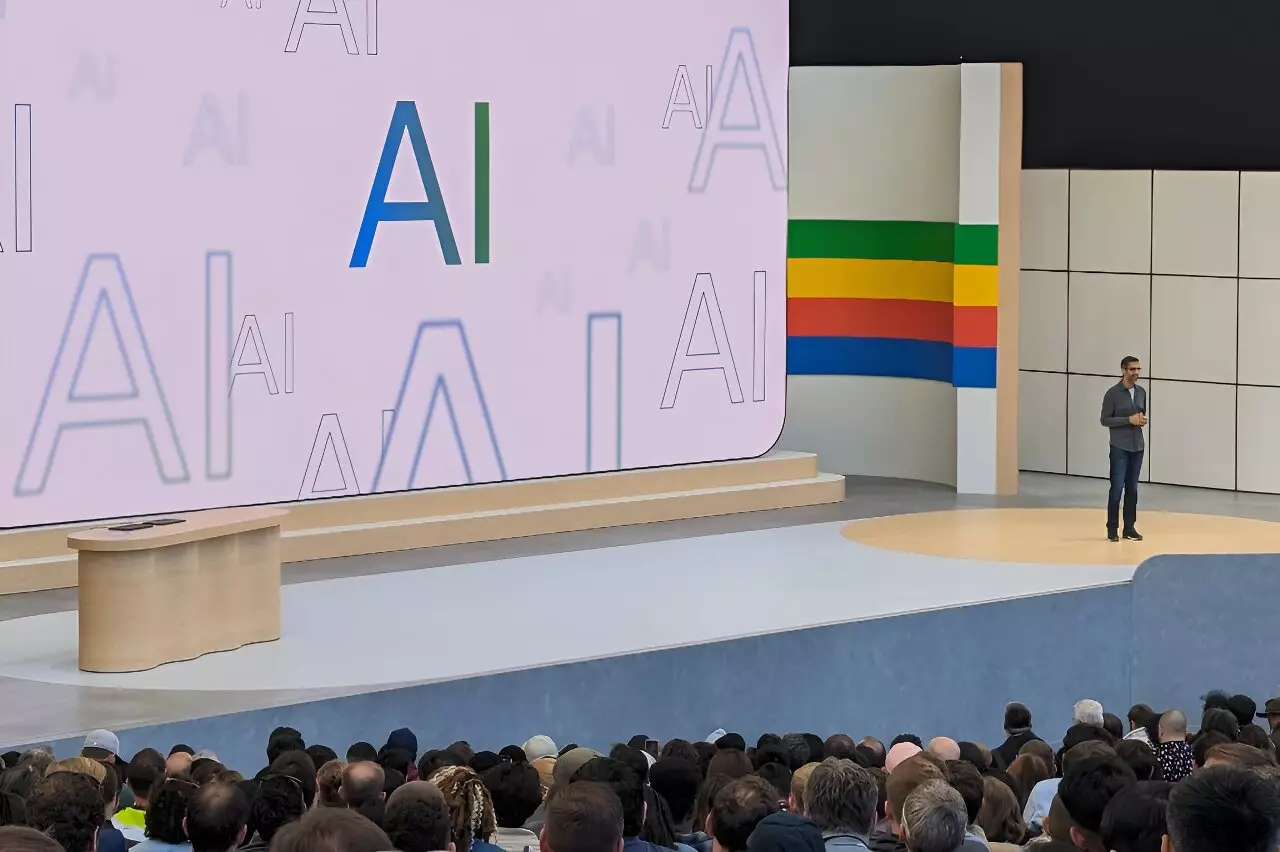Artificial intelligence has made tremendous strides in recent years, leading to the development of advanced technologies like ChatGPT. However, with this progress comes a significant risk of bias and discrimination. The reliance on vast amounts of data from the internet means that AI systems can easily inherit the same biases and prejudices present in the data. This raises concerns about the potential for automated discrimination in crucial areas such as healthcare, finance, and law.
The Dangerous Loop of Bias
The Director of Texas Opportunity & Justice Incubator, Joshua Weaver, highlighted the danger of bias perpetuation in AI systems. He pointed out that the bias present in human culture and society can seep into AI algorithms, creating a reinforcing loop of discrimination. As AI becomes more ingrained in various industries, there is an urgent need to address these biases to prevent harmful outcomes for marginalized groups.
Ensuring that AI technology accurately represents human diversity is not just a matter of politics; it is an ethical imperative. The use of facial recognition technology, for example, has led to incidents of discrimination, such as false identifications of individuals based on gender and race. Companies like Rite-Aid have faced scrutiny for the discriminatory outcomes of their AI systems, highlighting the need for greater awareness and accountability in the deployment of AI technologies.
The Limitations of Generative AI
Generative AI, such as ChatGPT, has raised concerns about its ability to reason about bias and discrimination. Research scientist Sasha Luccioni cautioned against the belief that bias could be entirely eliminated through technological solutions. The subjective nature of bias and expectations makes it challenging for AI models to accurately navigate complex societal issues. As a result, the responsibility falls on humans to ensure that AI systems generate ethical and unbiased outcomes.
Strategies for Bias Mitigation
Addressing bias in AI models requires innovative approaches that go beyond traditional algorithms. One method under development is algorithmic disgorgement, which allows engineers to remove biased content without compromising the entire model. However, there are doubts about the efficacy of this approach in fully eliminating bias. Another strategy involves fine-tuning AI models by rewarding correct behaviors and penalizing biases. Companies like Pinecone are exploring techniques like retrieval augmented generation to fetch information from trusted sources and reduce biased outcomes.
Despite advances in AI technology, the inherent nature of bias in human society poses a significant challenge in mitigating discrimination. Joshua Weaver emphasized that bias is deeply ingrained in human behavior, making it difficult to completely eradicate from AI systems. As AI continues to evolve, the need for proactive measures to address bias and discrimination becomes increasingly important in shaping a more equitable future.
The risks associated with biased AI highlight the urgent need for innovative solutions to reduce discrimination in artificial intelligence. While technological advancements offer new possibilities, it ultimately comes down to human intervention and ethical decision-making to ensure that AI systems prioritize fairness and diversity. By acknowledging the limitations of AI and embracing diverse perspectives, we can strive towards a future where bias in technology is minimized, and equality is prioritized.



Leave a Reply